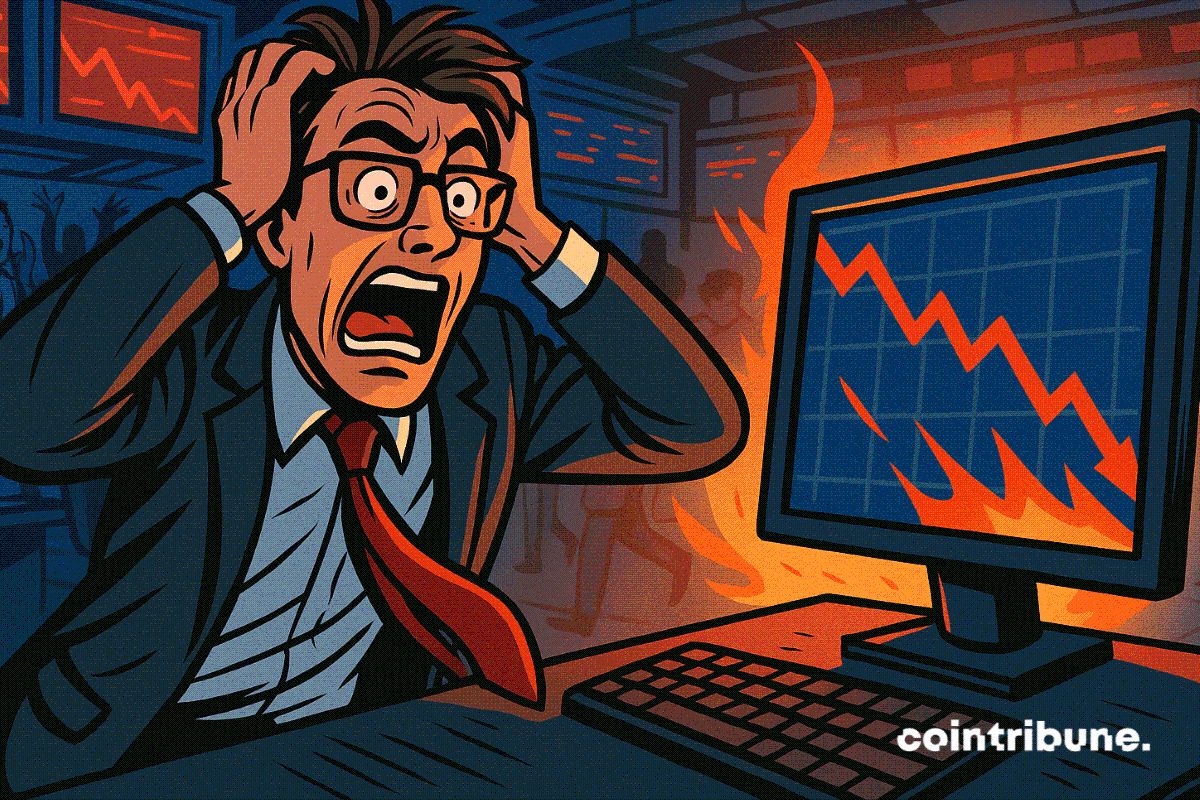Ethereum overtakes Bitcoin in year-to-date price gains amid institutional demand surge
Quick Take The price of Ethereum’s native asset, ether, recently eclipsed $4,000 level for the first time in eight months. ETH is up 29% year to date versus BTC’s 28% increase.

Ethereum's year-to-date gains have just nudged past the world's largest cryptocurrency as increased institutional demand has resulted in billions of dollars of ETH being purchased in recent weeks.
Thanks to added demand from digital asset treasury companies (DATs) stockpiling ETH and rising inflows for exchange-traded funds like BlackRock’s ETHA fund, the cryptocurrency's price has been on the upswing.
Changing hands at $4,311.58 as of 1:16 p.m. ET, the price of Ethereum's native asset, ether, was up about 29% in the year-to-date period, according to The Block's price data . Bitcoin at $120,020.83 was up roughly 28% over the same time.
ETH recently eclipsed $4,000 level for the first time in eight months. The second-largest cryptocurrency by market cap had last traded above $4,000 on Dec. 16, 2024, reaching a peak of $4,107.
Ethereum DATs and rising ETF inflows
With the buying spree for ETH treasuries , the newly-formed DATs are hoping to replicate the playbook created by bitcoin treasury company pioneer, Michael Saylor's Strategy.
Net inflows into U.S. spot Ethereum ETFs have also increased in recent weeks, outperforming their Bitcoin ETF counterparts. The ETH-based funds have added about $5 billion in the last month. The total net inflow for the products registers over $9 billion since they began trading in July 2024. The total assets under management for publicly-traded spot Ethereum ETFs are about $20 billion.
Disclaimer: The content of this article solely reflects the author's opinion and does not represent the platform in any capacity. This article is not intended to serve as a reference for making investment decisions.
You may also like
Macroeconomic Interpretation: Powell's "Driving in the Fog" and the Financial "Hunger Games"
The article discusses the uncertainty in the global economy under the Federal Reserve's policies, particularly Powell's "hawkish rate cuts" and their impact on the market. It analyzes market distortions driven by liquidity, the capital expenditure risks of the AI investment boom, and the loss of trust caused by policy centralization. Finally, the article provides updates on macroeconomic indicators and market trends. Summary generated by Mars AI. This summary is generated by the Mars AI model, and the accuracy and completeness of its content are still in the process of iterative improvement.

Ethereum : JPMorgan signs a strategic $102M investment

Meta reportedly earned about $16 billion in 2024 from a massive amount of scam ads

